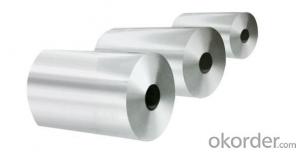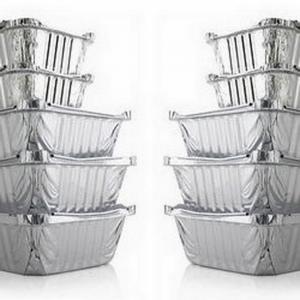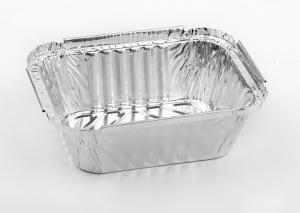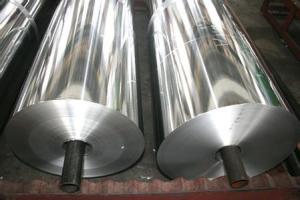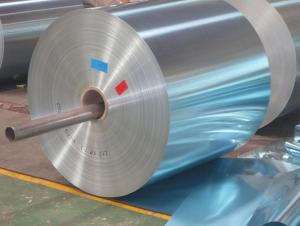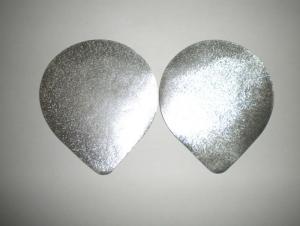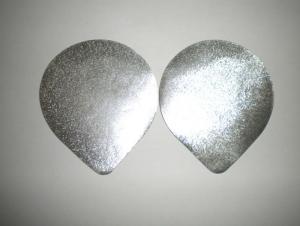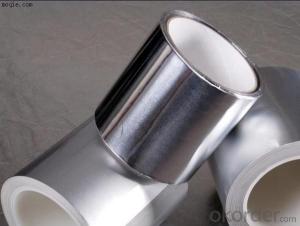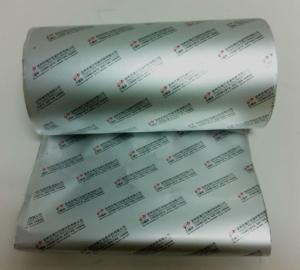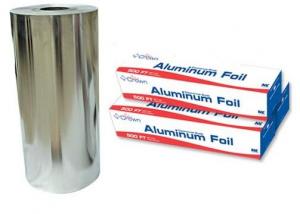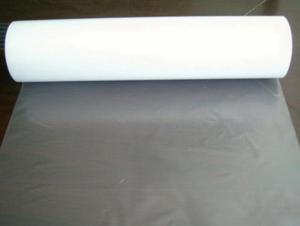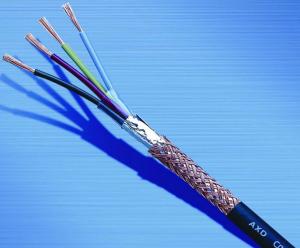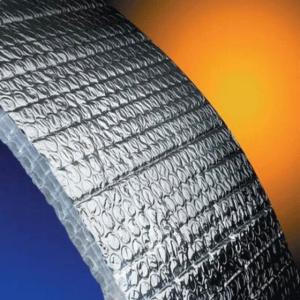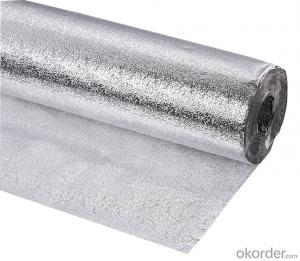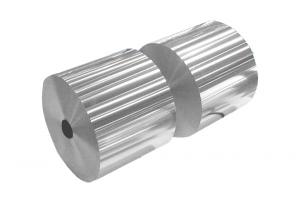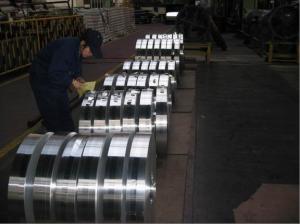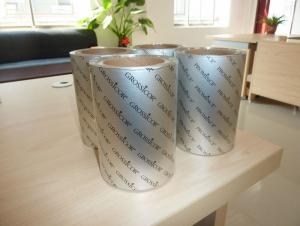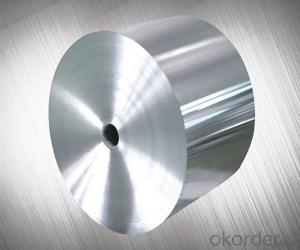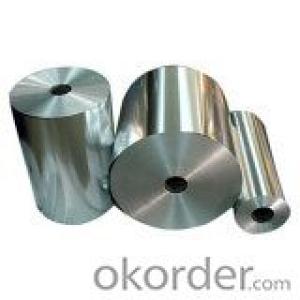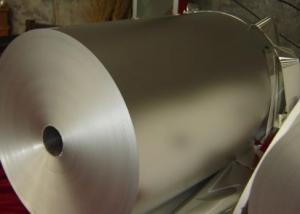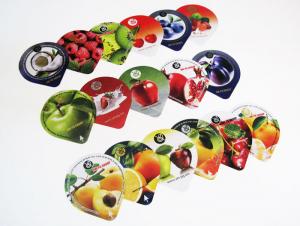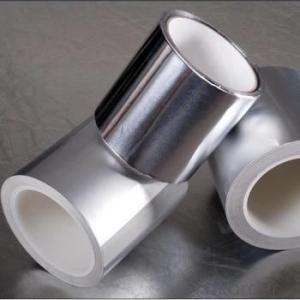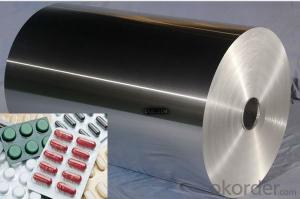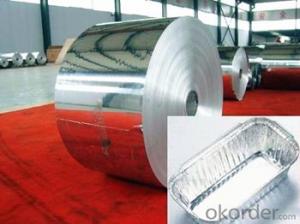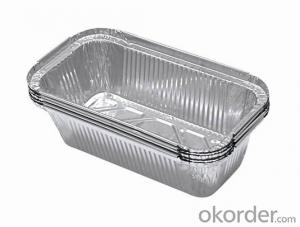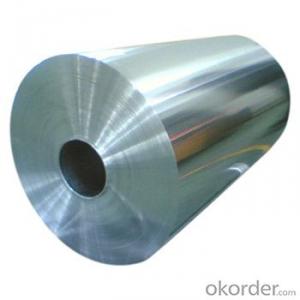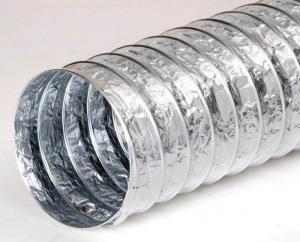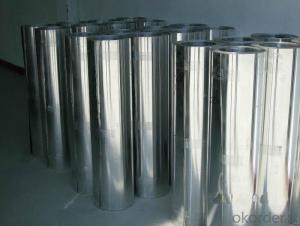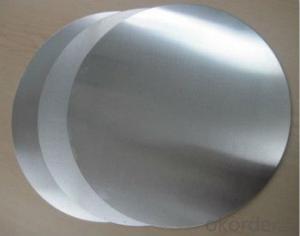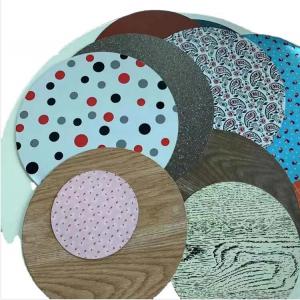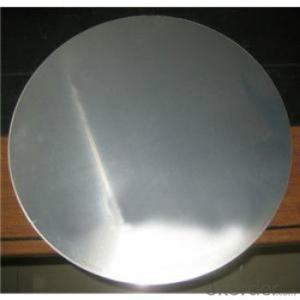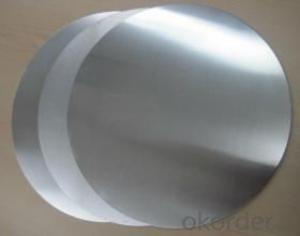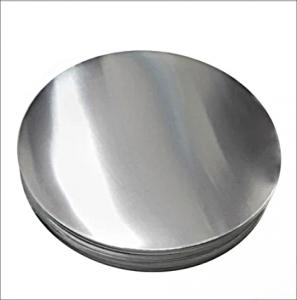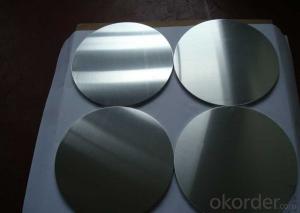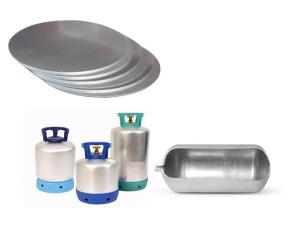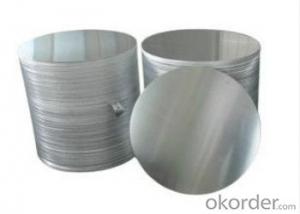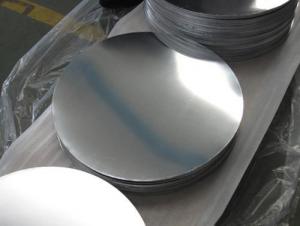Solder Aluminum Foil
Solder Aluminum Foil Related Searches
Solder To Aluminum Foil Foil Aluminum Sealed Aluminum Foil Polished Aluminum Foil Aluminum Foil Coated Welding Aluminum Foil Anodized Aluminum Foil Smoker Aluminum Foil Copper Aluminum Foil Roll Aluminum Foil Aluminum Container Foil Aluminum Foil Foam Aluminum Paper Foil Adhesive Aluminum Foil Aluminum Foil Suit Bulk Aluminum Foil Aluminum Tooling Foil Dryer Aluminum Foil Smoke Aluminum Foil Al Aluminum Foil Baking Soda Aluminum Foil Self Adhesive Aluminum Foil Container Aluminum Foil Aluminum Gold Foil High Quality Aluminum Foil Solimo Aluminum Foil Heavy Duty Aluminum Foil Radiation Aluminum Foil Washed Aluminum Foil Fda Aluminum FoilSolder Aluminum Foil Supplier & Manufacturer from China
Solder Aluminum Foil is a versatile product that is widely used in various industries for joining aluminum materials together. This product is known for its high-quality performance and durability, making it a popular choice among professionals and DIY enthusiasts alike. The application of Solder Aluminum Foil can be found in numerous scenarios, such as automotive, aerospace, and construction industries, where aluminum components need to be securely joined. Its ability to create strong and reliable bonds makes it an essential tool for professionals working with aluminum materials.Okorder.com, as a reputable wholesale supplier, offers a vast inventory of Solder Aluminum Foil to cater to the needs of businesses and individuals alike. With a commitment to providing high-quality products at competitive prices, Okorder.com ensures that customers receive the best value for their money. By partnering with Okorder.com, customers can benefit from a reliable source of Solder Aluminum Foil, ensuring that their projects are completed with the utmost efficiency and precision.
Hot Products
